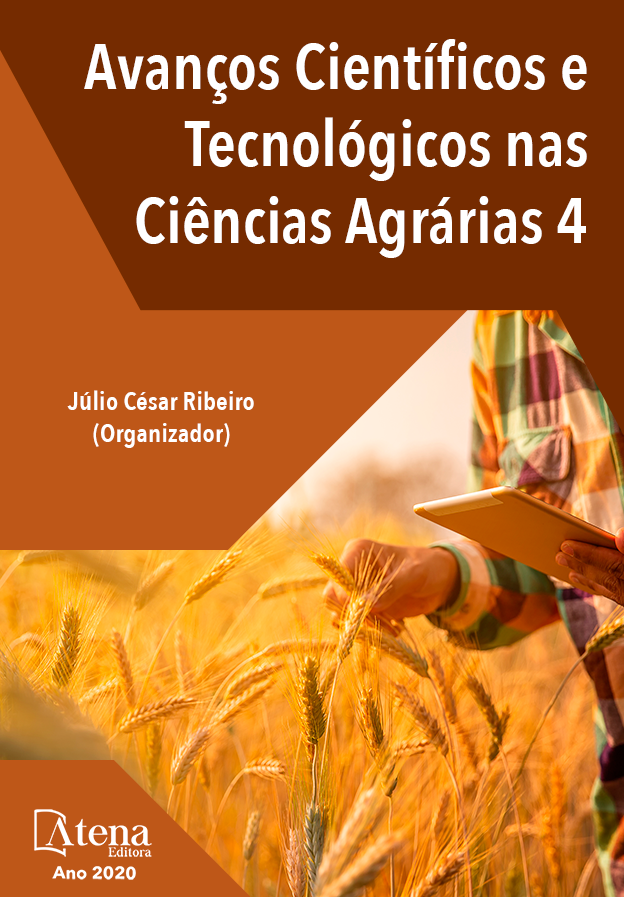
QUALIDADE DE SEMENTES DE ROMÃ SOB MÉTODOS DE EXTRAÇÃO DO ARILO
A propagação da romã é feita em maior escala por meio da semente, porém, tem sido relatado dificuldades na propagação por problemas na germinação por este método. Assim, objetivou-se avaliar a qualidade fisiológica de sementes de romã submetidas a diferentes métodos de extração do arilo. Para a extração das sementes foram escolhidos ao acaso cinco frutos por tratamento. Os frutos foram lavados e cortados longitudinalmente. O delineamento foi inteiramente casualizados com os seguintes tratamentos: Controle – sem a retirada do arilo (T1), Fricção em peneira (T2), Fermentação em água por sete dias (T3) e Cal virgem (T4), com quatro repetições. As avaliações da qualidade fisiológica das sementes foram realizadas por meio dos testes de emergência, massa de 1000 sementes, grau de umidade, condutividade elétrica, altura de plântulas e número de folhas. Não houve diferença entre os métodos utilizados para a remoção do arilo na emergência de sementes de romã. O IVE foi maior para todos os tratamentos de remoção do arilo em sementes de romã e menor no tratamento Controle. A massa de 1000 sementes e o grau de umidade foram maiores no tratamento Controle e menores nos demais tratamentos. Os tratamentos não influenciaram nas variáveis altura de plântulas e número de folhas de romã.
QUALIDADE DE SEMENTES DE ROMÃ SOB MÉTODOS DE EXTRAÇÃO DO ARILO
-
DOI: 10.22533/at.ed.3372028094
-
Palavras-chave: Punica granatum L. Extração. Qualidade fisiológica
-
Keywords: Punica granatum L. Extraction, Physiological quality
-
Abstract:
The pomegranate propagation is done on a larger scale through the seed however; difficulties in propagation due to problems in germination by this method have been reported. Thus, the objective was to evaluate the physiological quality of pomegranate seeds submitted to different methods of aryl extraction. For the extraction of the seeds, five fruits were chosen at random per treatment. The fruits were washed and cut longitudinally. The design was randomized with the following treatments: Control – without removal of the aryl (T1), Friction in sieve (T2), Fermentation in water for seven days (T3), and Lime (T4), with four repetitions. The evaluations of the physiological quality of the seeds were carried out by means of the emergency tests, mass of 1000 seeds, degree of humidity, electrical conductivity, height of seedlings and number of leaves. There was no difference between the methods used to remove aryl in the emergence of pomegranate seeds. The IVE was higher for all treatments of removal of aryl in pomegranate seeds and lower for the Control treatment. The mass of 1000 seeds and the degree of humidity were higher in the Control treatment and lower in the other treatments. The treatments did not influence the height of seedlings and number of pomegranate leaves.
-
Número de páginas: 13
- Jaqueline Nunes dos Santos
- Evaldo Alves dos Santos
- Mônica Lau da Silva Marques
- Luiz Sérgio Rodrigues Vale


